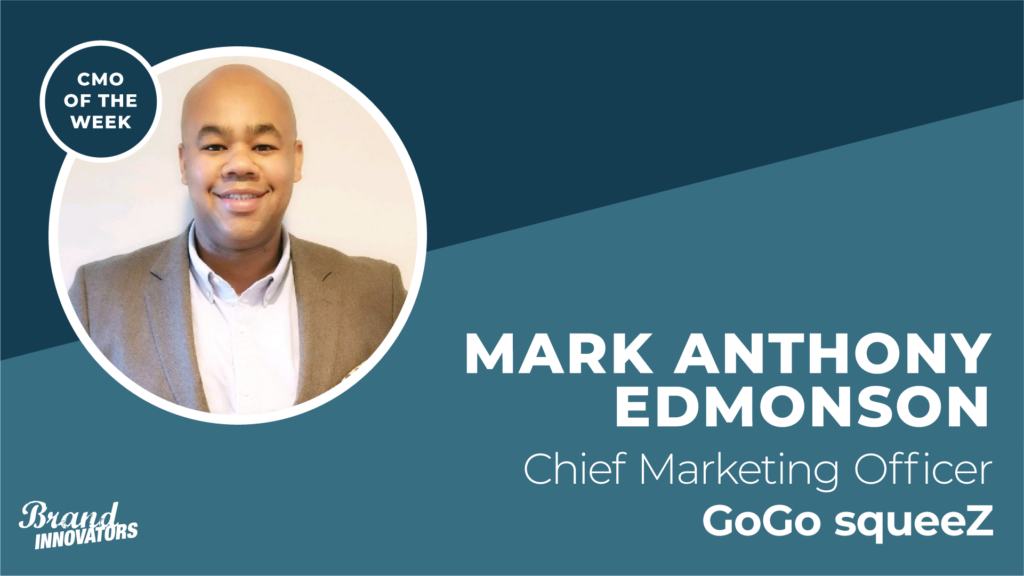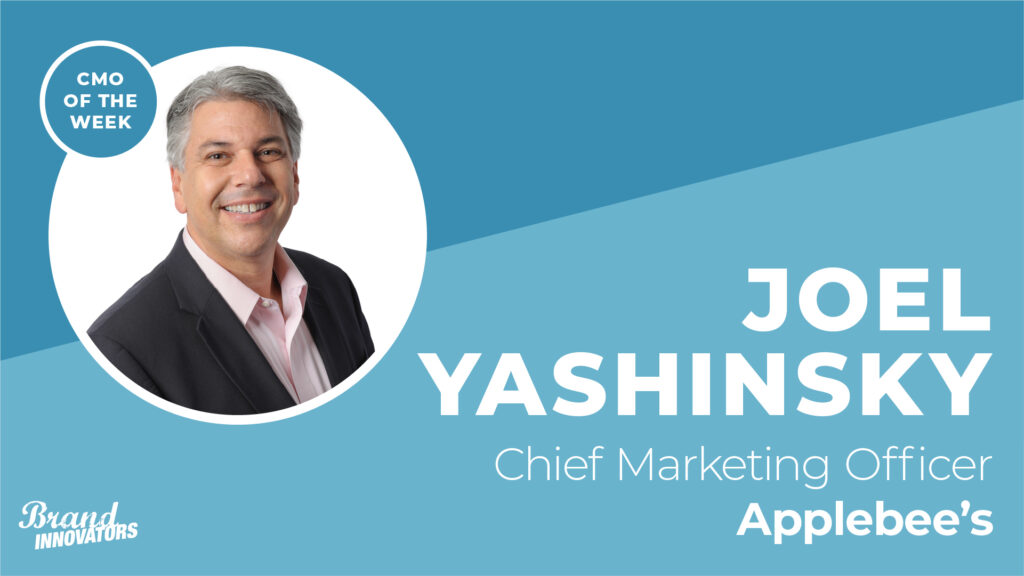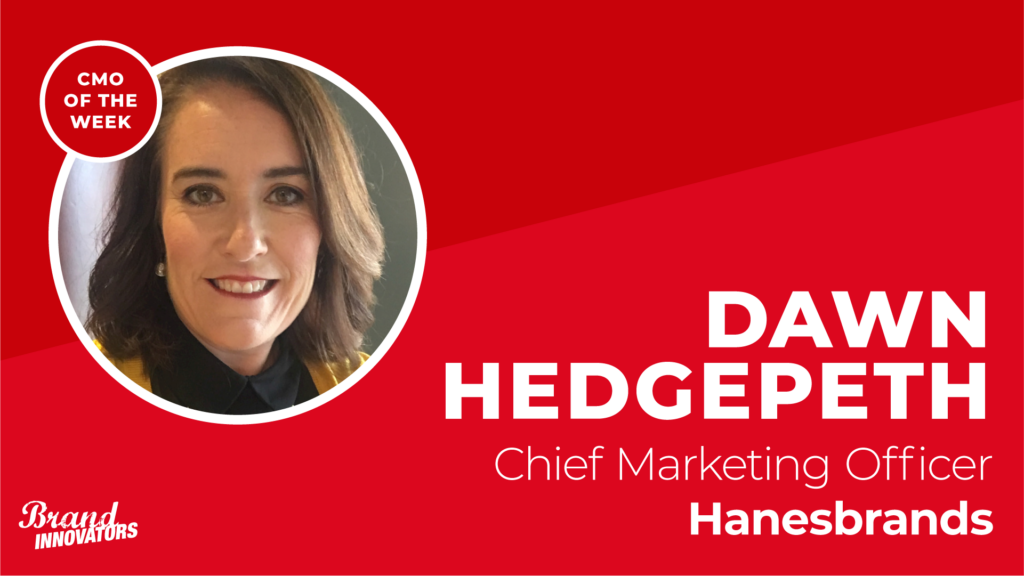Elizabeth Drori arrived at Wolverine World Wide’s iconic shoe brand Sperry in November with a resume tailor-made for the brand: she spent the last 11 years in senior marketing roles at Converse, Shoes.com and Walmart, where she most recently served as head of fashion marketing.
Still, she didn’t see the Sperry role as a completely lateral move from her three years spent shifting fashion perceptions at Walmart. “I saw a lot of parallels [but] it wasn’t exactly the same challenge. It was not really about changing perception, but it was about making the brand relevant again to a new generation of young people and unlocking growth by doing that.”
At the top of her list to achieve that? Restructuring her marketing team, which is now just one role away from being fully staffed. “Having a collaborative, high-performing team is the most important thing you can do coming into a new company. When I arrived, the ecomm team and retail team were a bit siloed from the brand-marketing team, and I had the experience at Walmart of performance-marketing and working on Walmart.com. Right away, I pulled everyone that touches the Sperry brand together. Now, we have one weekly marketing team with everybody, and many other smaller teams too. In the weekly meeting, that’s where campaigns are briefed, information is shared, and a lot of progress is made. That is one huge, different way of marketing and looking at the brand that I put into place.”
Optimizing her resources should help Drori position Sperry for a comeback year, having started Q1 2021 with a 10% dip in sales year-over-year, according to Wolverine’s latest earnings. That includes capitalizing on the growth at its owned channels, with Sperry.com sales up 40% and Sperry-branded stores growing more than 20% during the time period.
Brand Innovators caught up with Drori, who will be speaking at our upcoming Cannes…Virtually event in June, from her home office in Boston to learn more about marketing a legacy fashion brand in a post-pandemic landscape, teaming with John Legend and why the Sock Debate has fueled its summer marketing. The conversation has been edited for length and clarity.
Brand Innovators: With almost eight years experience at Converse, you have a history with iconic shoe brands. Can you talk about what insights you have into creating iconic shoe brands and how you hope to shape the genre-defining 86-year old Sperry shoe brand?
Elizabeth Drori: It’s really special to work at iconic brands with deep heritage. You feel like you are a part of protecting history while also writing the future. The best assets you can leverage are your founding story, your archive of products, and the famous and celebrated people who have worn your brand in the past. These assets give you a lot of authenticity to build from.
Sperry was invented by Paul Sperry, a sailor who wanted to stop himself from sliding off his boat deck. That story really brings us this connection with water. The sea is in our roots and we can authentically develop products with the water in mind, and we continue to do so. Then we think about, how has our story shifted, who has worn us, and who has adopted our brand? For Sperry, we were worn by JFK, Paul Newman, and have a lot of exciting people who have adopted the brand, interpret it, and therefore make it what it is today. They are very different people, but the same promise was always true. The biggest challenge is, how do you stay relevant and how do you connect with the next generation of consumers? How do you appeal to them now? Because the answer is not always by recounting the past.
We are trying to tell the story of our brand to consumers, because they do really value a brand with a heritage, but who are today’s famous people or influencers that can validate the product? You have to keep the brand going by staying relevant, that’s the trick. John Legend is our global brand ambassador, and he represents the pinnacle consumer that we are targeting. John Legend is who we are telling stories with today.
What insights did you gain during the pandemic about how people shop online and how do you think this will evolve as consumers return to physical stores?
For footwear and fashion, I don’t know if there were specific new insights, just that more people were shopping online. Ecommerce will continue to grow even as physical stores reopen. The question is, how do you make the most of omnichannel businesses, especially those that make it easier for customers to seamlessly shop across channels? How do you balance and leverage all of these people turning to ecommerce? You can now think of your website homepage as a key portal for the brand, now that there is so much more traffic there.
Ecommerce provides a lot more opportunity to do more detailed product storytelling, whereas in stores you are limited. You can carry a broader assortment and tell the story through color, or other ways. On the other hand, try-on is a great barrier to purchasing online, especially in fashion and shoes. Then you have to start thinking about what content you need online that supports how your shoes fit and how looks are styled. You also need customer reviews for people to feel comfortable with what they are buying.
Ecommerce will only continue to grow, and COVID accelerated that. It was probably a step, but I don’t know if people really exhibited different behaviors other than just the frequency and more people shopping online.
I anticipate the question is, “how do you make retail more of an experience?” I believe that kids have always loved going to the mall. For some younger oriented stores, that still might happen. I don’t think retail will be displaced, people still like to touch and feel products. But I do think that the journey will be more omnichannel, and consumers will use ecommerce to inform where they want to go, and what they might like, they will comparison shop online before going into stores. Things will feel more integrated, but I do believe that people will continue to do both.
How has your media mix evolved this past year – are there any new channels or platforms performing more strongly for you this year vs. last?
The shift to digital marketing for most brands was happening prior to COVID, if anything, COVID has just accelerated it. The evolution is nuanced, it’s about keeping up with consumer behavior, and then testing into what’s next. For example, consumers are spending more time in Instagram Stories than in Feed, so you need to think about how to put more emphasis on ads in Instagram Stories. Tik Tok is obviously a huge one that grew during COVID and the past year.
We are about to launch a Sperry Tik Tok campaign around our Float product which is really fun. You need to understand how to leverage new channels and how content has changed. In terms of our content with John Legend, we did a photo shoot with him in February for Spring and we captured him in Tik Tok-like content. We made short videos that are fun, he is doing different things with the shoes, and the camera plays tricks on the audience. We have been using those videos on our homepage, in paid ads, on Facebooks, and out in the world. You want to leverage how these platforms create different consumer behavior and how consumers ingest content differently on each channel.
Who is your target consumer?
We are really targeting the 25-year-olds as that key consumer. There are the product stories and campaigns that go younger, and we also have a solid base. We have very loyal customers who love our product, they tend to be a little bit older. In terms of connecting with youth culture and defining the brand for a new set of consumers, we are focused on the 25 year olds who we had 10 years ago, but we don’t have anymore. It’s been a huge focus for us as a brand.
Can you talk about the strategy behind the Sperry Sock Debate campaign?
The Sperry Sock Debate had two goals. One was to drive consumer engagement, and the second was to give people a reason to justify purchasing boat shoes in February. We had fun with this. We brought John Legend in, and he gave his opinion which we captured in video. We partnered with our friends at J. Crew on the sock-side. We also looped in menswear editors, influencers, and our employees to have a little bit of fun and make some noise. We hosted the debate on Twitter, but amplified it by running it across all our channels.
We updated our messaging everywhere consumers would find or search for us, like our Google site links, our homepage, email, paid social advertising, we even tweaked copy on our boat shoe ads. Consumers were engaging even on paid social campaigns. We encouraged people to take a side, share pictures, etc. The amazing thing about this debate was, while the goal was consumer engagement, we actually really saw sales lift and we saw engagement in unexpected places. An email campaign where we drove people to Twitter to join our debate generated a ton of sales of boat shoes, and we didn’t even deliberately send people to our site. It was an incredible performance and something we feel really proud of.
Can you talk about Sperry’s commitment to sustainability and what programs you have going on?
Sustainability is a big part of our brand because the consumers we target are value-driven, and they are asking for it. On the other hand, Sperry was born on the water, that’s our 86-year heritage. We see it as our duty to protect the water. We think about sustainability in a few ways. Firstly, we think about it in the products we create. We have a collection called Seacycled, and we have some ambitious goals around that product. By 2023, our goal is that 50% of the models we produce will be part of that Sea-Cycled collection.
Next year, we are coming out with great product innovation around different recycled materials. That’s a story and a commitment which will grow bigger over time. The other piece is the partners we work with to source recycled materials, but also our allies in the marketplace. Who can we partner with to amplify our voice and our cause? Lastly, we focus on our purpose. How do we continue to build our brand and our culture to orient ourselves around sustainability? We want to make it something that is really ingrained in the culture of our brand overall.
What did you bring from your experience at Walmart and Converse to your approach to leadership in your current role?
We are very consumer obsessed, and see marketing as the organization responsible for advocating for the consumer, and representing the consumer cross-functionally. That is something that I’m really trying to ingrain the Sperry team in. it was very front and center at Converse, and now I am trying to make this value front and center at Sperry. At Walmart, it’s more about thinking holistically and full funnel.
Sperry is an organization where ecommerce is a separate team with separate goals. We want to think consumer-first and understand that consumers don’t see the structure of your organization. A consumer sees your brand on the marketplace. We want to make sure that our messaging and look are consistent and representative of where we want to go.




